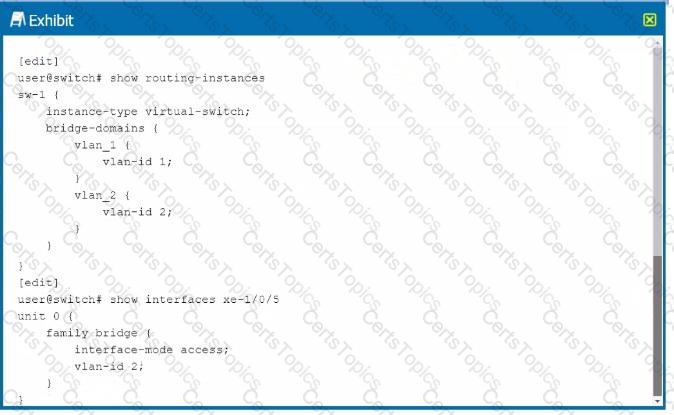Explanation: In BGP (Border Gateway Protocol), the Update message is used to advertise new routes to a peer or to withdraw previously advertised routes. If there's a change in the routing information or if a new route needs to be advertised, BGP uses an Update message. This message is crucial for maintaining the most current and accurate routing information among BGP peers.
The other message types serve different purposes:
Keepalive: This message type is used to maintain the connection between BGP peers and ensure that the link is still active. Keepalive messages are periodically sent between peers when there is no other BGP activity to maintain the session.
Notification: This message is used to indicate errors or other significant events to a BGP peer. If a BGP error condition is detected, a Notification message is sent and the BGP session is typically closed.
Refresh: This is not a standard BGP message type. However, in the context of BGP, Route Refresh is a capability (not a message type) that allows a BGP router to request a full or partial re-advertisement of routes from a peer. This helps in re-synchronizing routing tables without tearing down the BGP session.
The BGP Update message is used to advertise routable destinations and includes route advertisements, route withdrawals, and path attribute modifications. Update messages are used to re-advertise routes that have already been acknowledged.References:
- BGP Operations and Message Types Overview, Juniper Networks Documentation
- BGP Update Message, Juniper Networks Documentation







